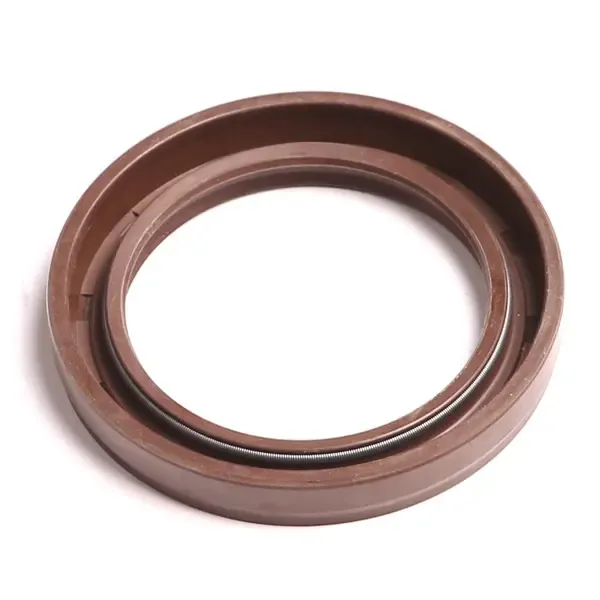10 月 . 19, 2024 12:01 Back to list
installing valve cover gasket
Installing a Valve Cover Gasket A Step-by-Step Guide
The valve cover gasket plays a crucial role in an engine’s performance by sealing the space between the valve cover and the engine block. If this gasket fails, it can lead to oil leaks, which may cause significant engine damage if not addressed promptly. Replacing a valve cover gasket is a common maintenance task that many car enthusiasts undertake themselves. Here’s a step-by-step guide on installing a valve cover gasket effectively.
Tools and Materials Needed
Before you begin, gather the necessary tools and materials. You will need - A new valve cover gasket (make sure it’s the right one for your vehicle’s make and model). - A socket set or wrench set. - A ratchet extension. - A torque wrench. - Gasket scraper or razor blade. - Engine oil (for lubricating the new gasket). - Cleaning rags and a solvent or engine degreaser.
Step 1 Prepare the Work Area
Ensure your work area is clean and organized. Park the vehicle on a flat surface and engage the parking brake. Disconnect the negative terminal of the battery to minimize any electrical risks while working.
Step 2 Remove the Valve Cover
Locate the valve cover on your engine. Depending on the make and model, you may need to remove additional components such as air intake hoses, ignition coils, or other parts that obstruct access to the valve cover. Use your socket or wrench set to remove the bolts securing the valve cover. Gently lift the cover off; if it’s stuck, you may need to tap it lightly with a rubber mallet.
Step 3 Clean the Surface
Once the valve cover is removed, inspect the mating surfaces on both the cover and the engine block for any remnants of the old gasket or debris. Use a gasket scraper or a razor blade to carefully remove any old gasket material. Next, clean the surfaces with a solvent to ensure they are free from oil and dirt. A clean surface is essential for a proper seal.
installing valve cover gasket

Step 4 Install the New Gasket
Take the new valve cover gasket and lubricate it lightly with engine oil. This helps it to seat properly and prevents it from tearing during installation. Place the gasket onto the valve cover, ensuring it lines up with any grooves or alignment features.
Step 5 Reattach the Valve Cover
Carefully position the valve cover back onto the engine. Make sure the gasket remains in place. Begin inserting the bolts by hand to avoid cross-threading. Once all bolts are in place, use a torque wrench to tighten them to the manufacturer’s specified torque settings. This is crucial for preventing leaks.
Step 6 Reassemble Components
If you had to remove any additional components to access the valve cover, reattach them in the reverse order of removal. Ensure all connectors and hoses are secured properly.
Step 7 Final Checks
Reconnect the negative battery terminal. Start the engine and let it run for a few minutes. Check for any signs of leaking around the valve cover. If everything is sealed correctly, congratulations! You’ve successfully installed a new valve cover gasket.
Conclusion
Installing a valve cover gasket is a rewarding DIY project that can save you money and improve your vehicle’s performance. By following these steps, you can help ensure your engine runs smoothly and efficiently, prolonging its lifespan. Always refer to your vehicle’s manual for any specific instructions or torque specifications related to your particular model. Happy wrenching!